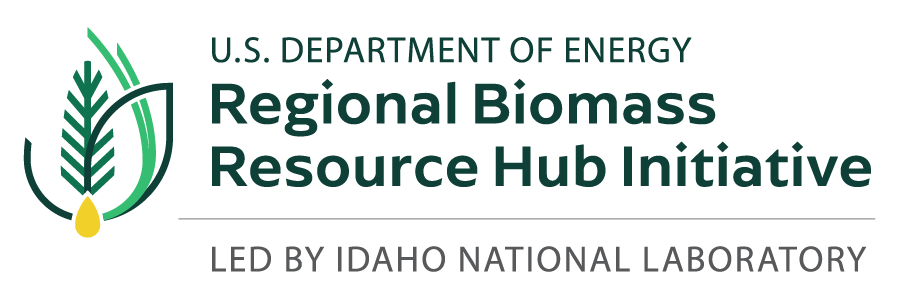Description
This capability is systems analyses for sustainable bioenergy cropping: analyses to provide guidance on how industries can calculate, measure, report, and verify their data on bioenergy crop collection and conversion, ensuring the credibility of incentives. LLNL’s Roads to Removal Study showcases this expertise in estimating bioenergy crop potential nationwide, while integrating complex system constraints (renewable energy, transportation, environment equity and justice). With high spatial resolution, we analyzed the systemic impacts of utilizing these bioenergy crops, including the production of various bioproducts such as SAF and H2 (up to 27 distinct pathways), while remove carbon to assist the US in achieving its net-zero climate goal. We include analysis of agronomic management (cover crops, tillage, amendments), future climate impacts, land availability, biodiversity and biogeochemical effects. We are actively involved in four MRV projects: an ‘umbrella’ project overseeing a comprehensive CDR MRV approach, and specific projects on BiCRS, mineralization, and cement production. For BiCRS MRV, we have expertise in emissions related to sustainable biomass sourcing and counterfactuals of biomass alternative fate. We are also developing new analytical methods and sensors for soil carbon MRV.
Unique Aspects
Our integrated TEA and LCA analysis consider the dual benefits of biomass: as a carbon source to mitigate climate change and achieve climate goals, and as a source for producing bioproducts that can replace fossil fuel alternatives such as fuels and hydrogen.
Availability
The systems analyses applied in the Roads to Removal report can be readily applied, our experts are available for collaboration to generate specific guidance to industry or research team members
Benefit
Through our expertise in TEA & LCA, as well as expert knowledge in both bioenergy production and carbon removal processes. This allows us to identify the optimal value that bioenergy crops can offer in terms of both energy production and carbon removal.
Capability Expert(s)
Wenqin Li, Allegra Mayer, Alvina Aui, Sarah Baker, Caspar Donnison
